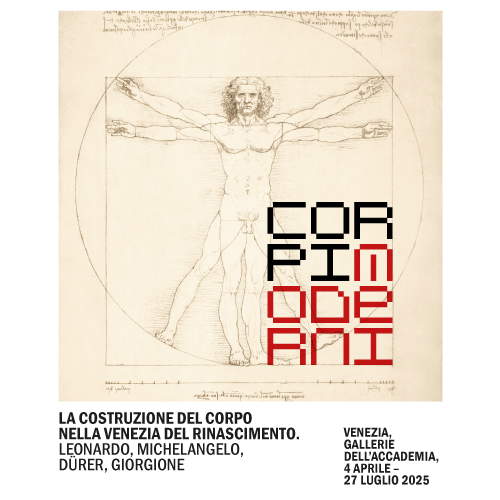New life for the Roman theater of Claterna (Bologna), returned to the community
A small glass necklace in vivid colors - green, white and red - depicting a theatrical mask: perhaps missed by a bystander two thousand years ago, it is now one of the most fascinating symbols of the latest excavation campaign in the Roman Theater of Claterna, in the municipal area of Ozzano dell’Emilia (Bologna). An object that encapsulates the essence of daily life in the ancient city, it has rekindled attention on an extraordinary site located along the Via Emilia, between Bologna and Imola.
The theater, dating back to theAugustan age (late 1st century B.C.-early 1st century A.D.), has finally been returned in its entirety to the community, thanks to the excavations conducted by the Soprintendenza Archeologia, Belle Arti e Paesaggio of Bologna, which began in 2023 with an initial funding of 450,000 euros from the Ministry of Culture. A commitment that today is strengthened with the announcement by Undersecretary for Culture Lucia Borgonzoni of a new allocation of 2 million and 200 thousand euros for the three-year period 2025-2027, 600 thousand of which are earmarked precisely for the Roman Theater.
“The site of Claterna never ceases to amaze us and who knows how many surprises it still has in store for us,” Borgonzoni said at the public meeting held in Ozzano dell’Emilia. The important investments made to recover and enhance its extraordinary potential highlight the confidence that the MiC places in an asset that has all the characteristics to become an internationally appealing attraction, crucial for the enhancement of the territory in terms of culture and tourism. A focus that remains high. New funds arriving between this year and 2027 for a total of 2 million and 200 thousand euros will allow us to return to the community a place rich in memory and to carry out projects designed to ensure that the public is increasingly involved: the goal is to host live shows in the theater starting as early as the summer of 2027, including through the use of removable wooden structures."
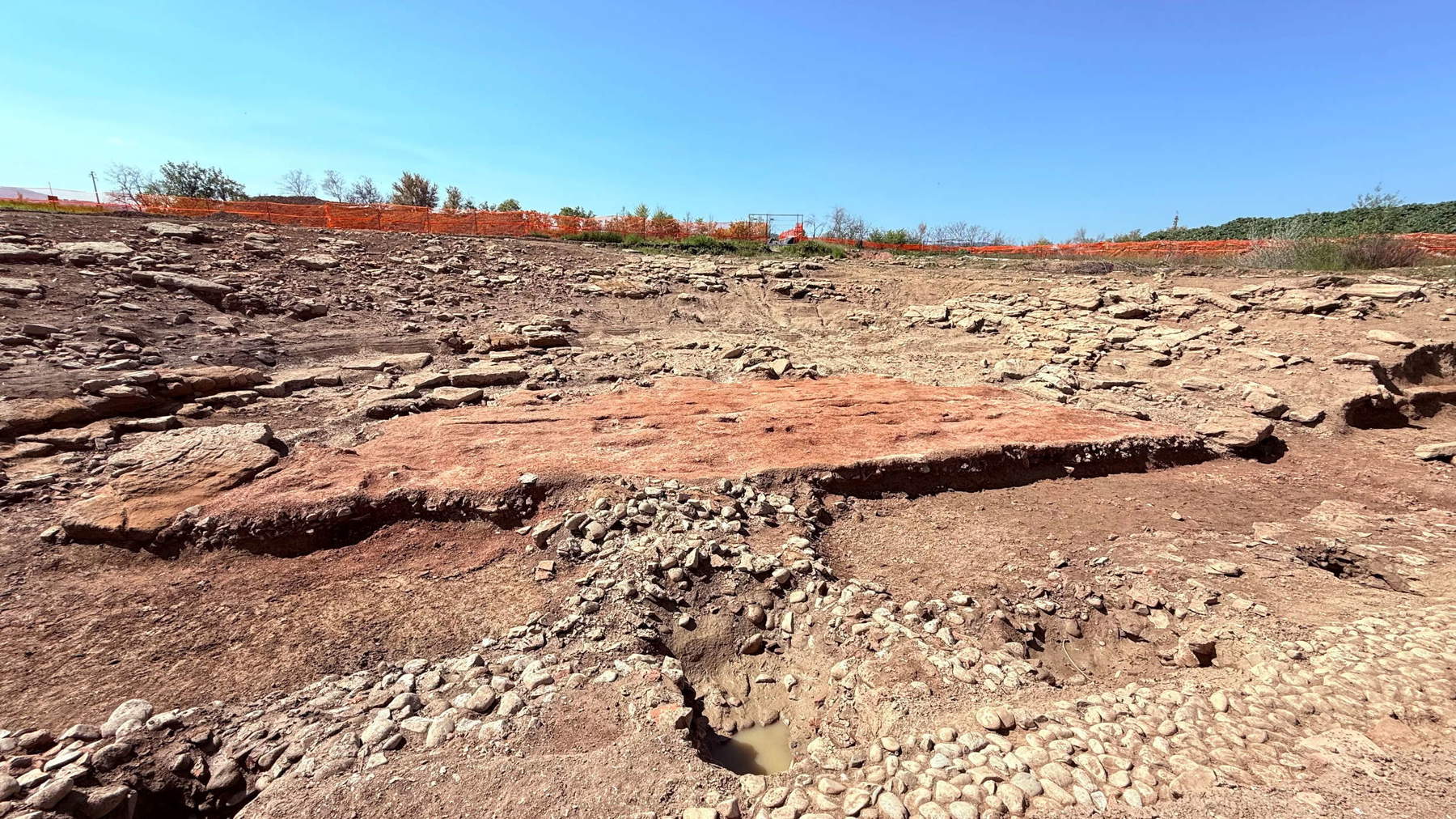
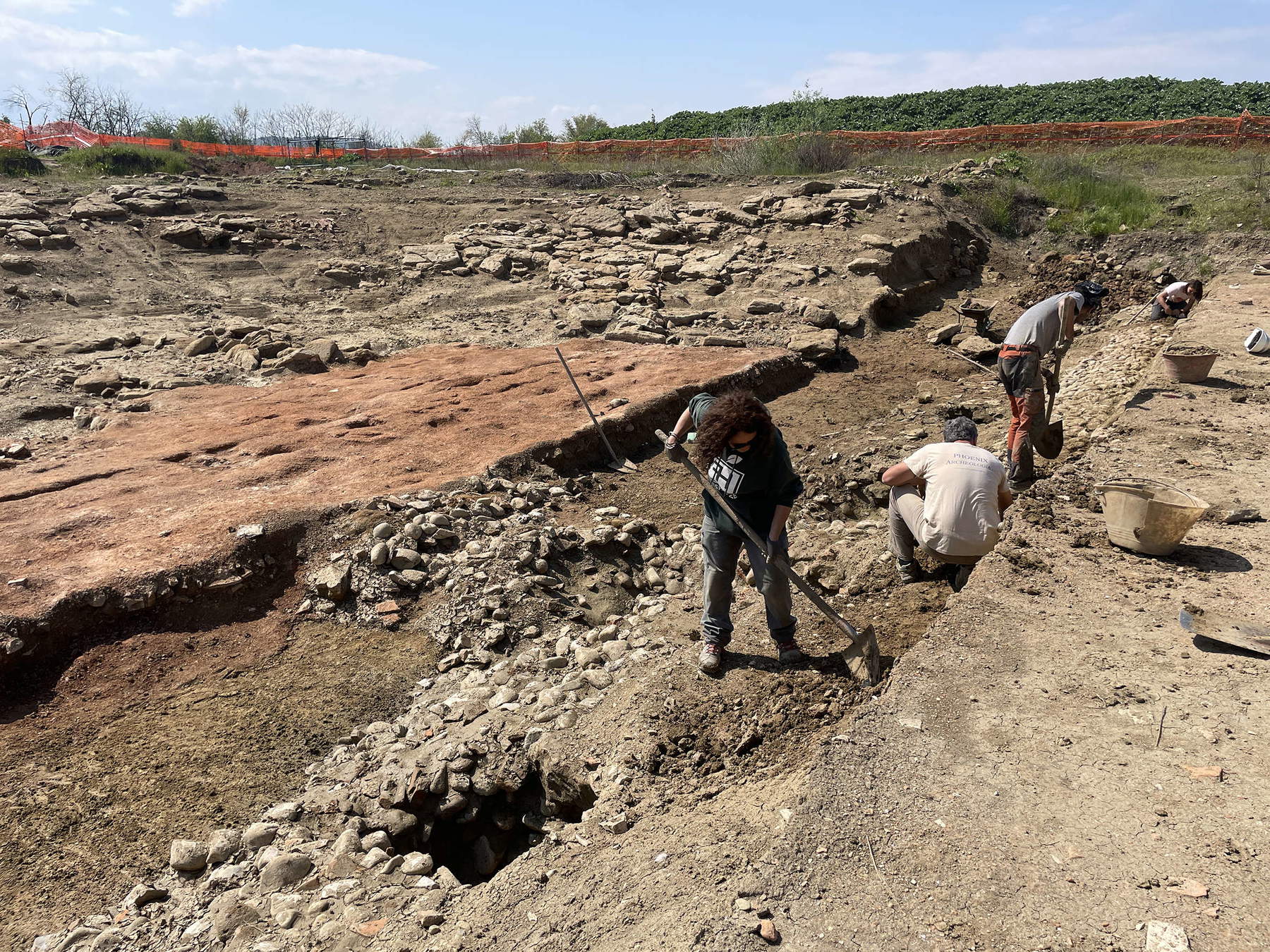
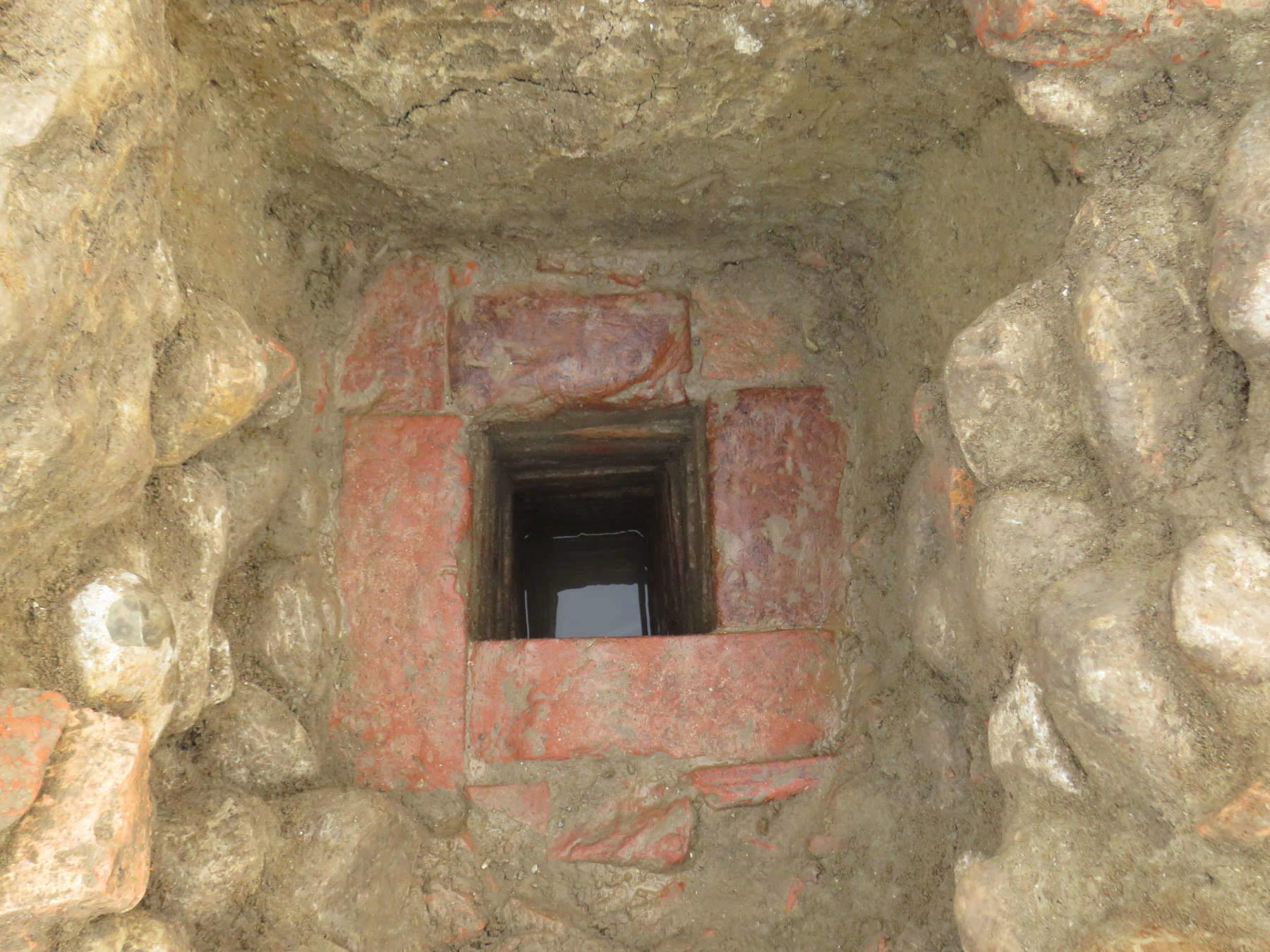
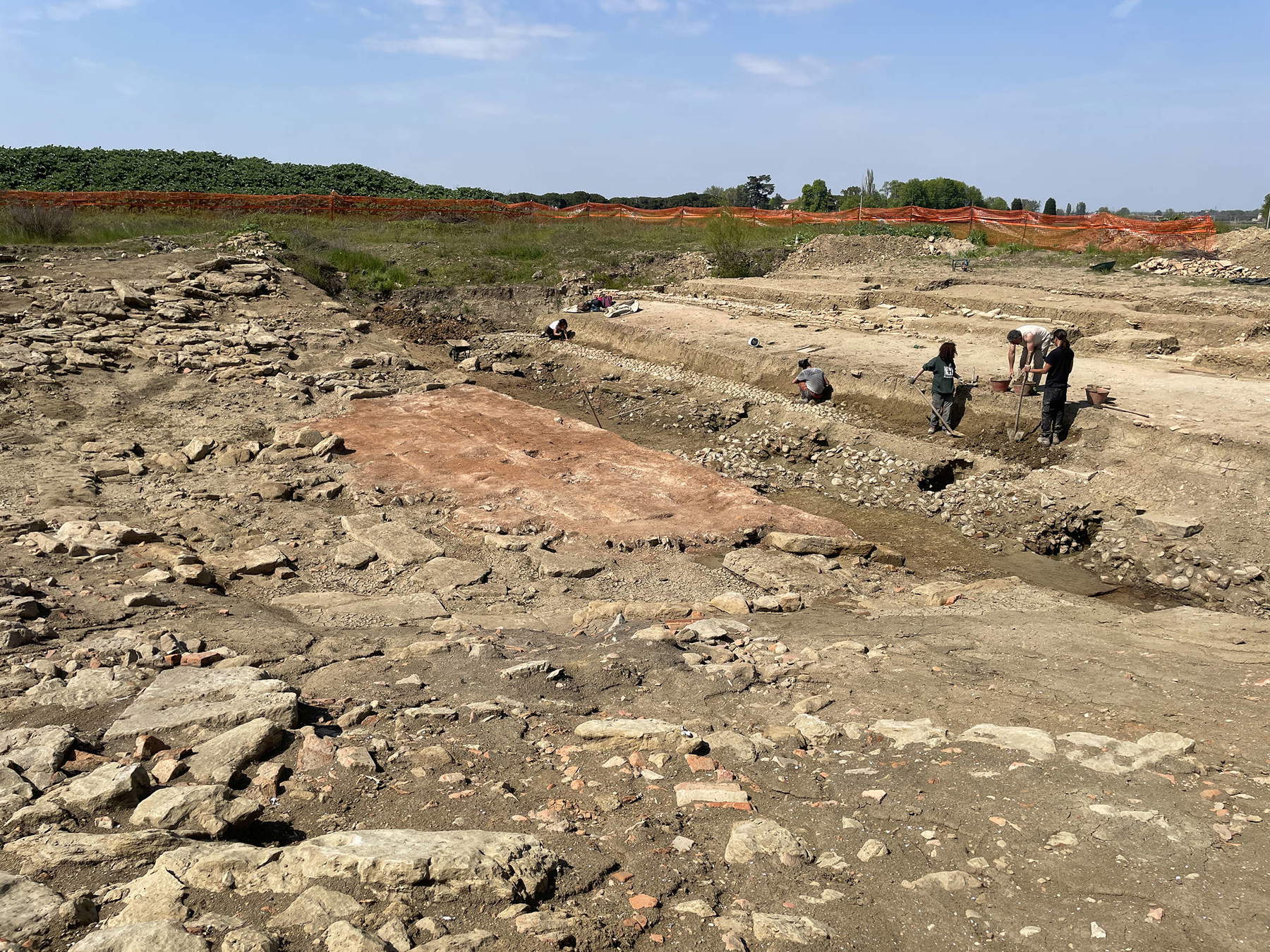
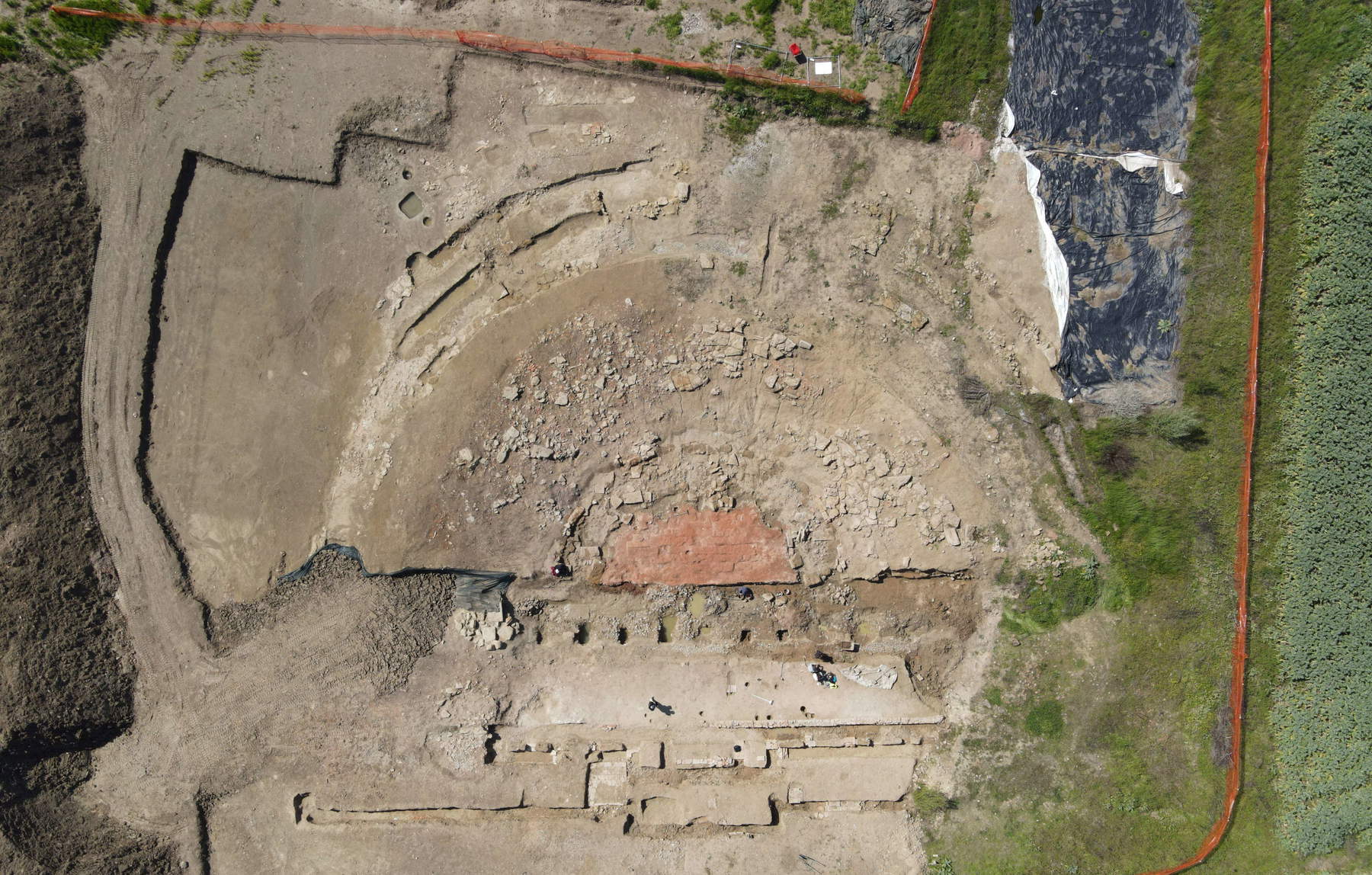
Claterna is now the largest uninhabited Roman city in northern Italy, with an area of about 18 hectares. The theater is located in the northern part of the city, dedicated to public buildings, near the forum square. Already identified between 2017 and 2019 through aerial photos and limited surveys, the monument has only been the subject of a systematic excavation campaign since 2023.
The results were surprising: a 64-meter-diameter cavea emerged, with an estimated capacity of up to 2,500 spectators. The theater, explained Superintendent Francesca Tomba, “is preserved in its complexity, although many stones of the tiers of seats and parts of the masonry have been removed since late antiquity to obtain building material. And speaking of preservation, the wings of the Theater of Claterna are among the best-preserved among the theaters of the imperial age in Italy. Numerous fragments of architectural elements, marble and stone floor and wall slabs that constituted the monument’s decoration have been recovered from the theater. With the upcoming 2025-2027 funding of 600 thousand euros it will become the only theater in the regional territory that is fully visible and usable under the open sky.”
Among the recovered finds, in addition to the glass jewel, are architectural fragments, floor and wall slabs made of marble and stone, which were part of the building’s decorative apparatus. In addition to the full enjoyment of the open-air Theater, the enhancement intervention also includes a series of activities designed for public outreach and participation, particularly through live events.
However, the Theater is not the only treasure of Claterna. Next to it stretches an entire city yet to be explored, with streets, thermal facilities, the forum, the Domus dei Mosaici, and the so-called Red House. Collections of silver and bronze coins, colored gems dedicated to various deities, and remains attesting to the site’s privileged relationship with Rome and commercial significance have also been found in the area.
From 2018 to date, the Ministry of Culture has invested nearly 1.4 million euros in the Claterna area and the nearby necropolis of Via Sant’Andrea. With the new funding, the total figure rises to more than 3.6 million euros. The plan for the three-year period 2025-2027 includes, in addition to the 600,000 euros earmarked for the Theater, an additional 400,000 for the Domus dei Mosaici and 1.2 million for the Red House.
The archaeological area of Claterna today represents a landmark for the protection and enhancement of Italy’s cultural heritage. The possibility of restoring life to a place that has been lying underground for centuries is an opportunity not only for scholars, but also for citizens and visitors who will get to know the everyday life of an ancient Roman city, rediscovered one fragment at a time.
 |
| New life for the Roman theater of Claterna (Bologna), returned to the community |
Warning: the translation into English of the original Italian article was created using automatic tools. We undertake to review all articles, but we do not guarantee the total absence of inaccuracies in the translation due to the program. You can find the original by clicking on the ITA button. If you find any mistake,please contact us.





